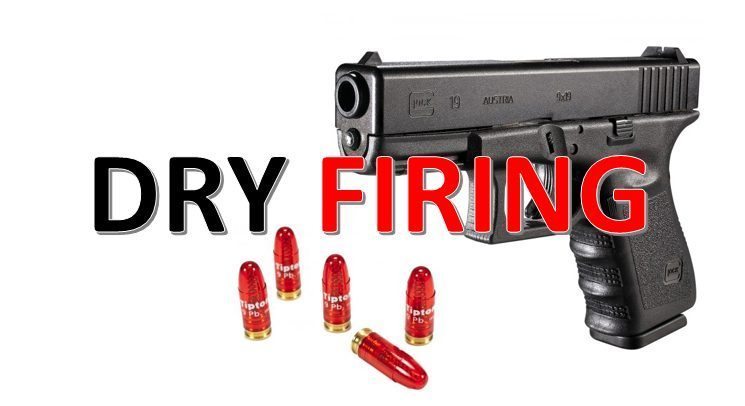
How do you keep up your skills when ammo is pricy and your schedule is full?
If the past two years have taught us anything, it’s that ammunition is expensive. Yet we still need to practice our gun skills to keep them up. Like a lot of other skills, shooting is perishable. Stop doing it and your skills deteriorate over time. Ask a musician who hasn’t picked up their instrument or a vocalist who hasn’t sung in several years, and they’ll tell you they’re rusty. It will take a while to get back to their old skill level.
So how do you keep up your skills when A) ammo is expensive or B) you either don’t live close to a range or 3) you don’t have time to spend an afternoon there? Two words: dry fire.
In a nutshell, dry fire is practicing all your shooting skills but without ammunition. There are plenty of skills and techniques to work on without ever firing a shot. For example, you can work on trigger pull and reloads without making anything go bang.
Setting up your dry fire area
The first step is to find a safe area. Remember, all the rules of gun safety apply all the time. Find a direction where you can point your gun so that nobody gets hurt if it accidentally goes bang. If you have a basement, start there.
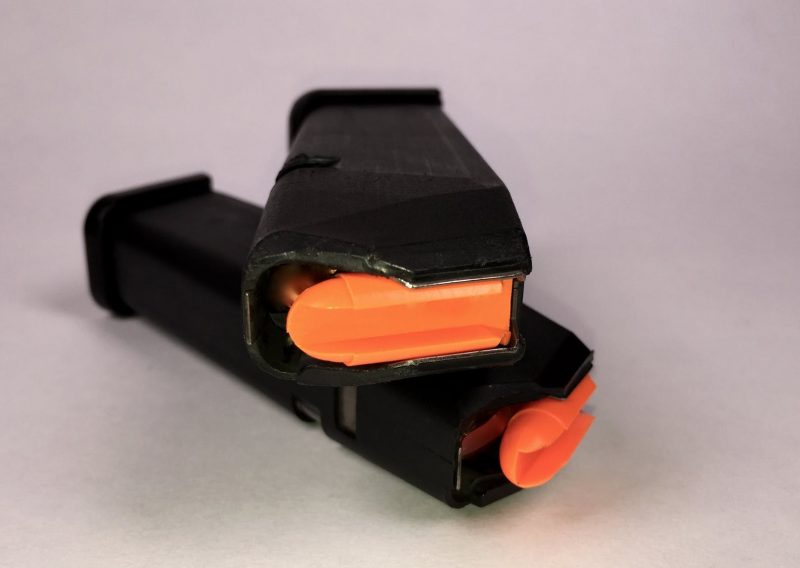
Remove all – ALL – the ammo from the room, not just from the gun. Take it all away and put it in another part of the house. Then, double-check, triple-check, quadruple-check that your gun is completely unloaded, all ammo is nowhere near you, and you are safe to continue without risk of any live rounds finding their way into your gun.
What to work on
Which skills you work on during each dry fire session can vary, but the basics you always want to cover are:
- – Pulling the trigger without moving the gun
- – Sight alignment and sight picture
- – Malfunctions
- – Reloads
- – Draws from a holster
Pull the trigger, not the gun
The main reason shooters miss their target is not the gun. It’s the shooter. While that’s a tough pill to swallow, it’s 100% true. We cause ourselves to miss. One way to improve accuracy is to learn to pull the trigger without moving the gun. Practice pulling the trigger while watching the sights. Did they move? Something in your finger needs fixing. Want to up the ante? Place a dummy round (NOT a real round) or a spent casing on top of the slide near your front site. If the brass moves when you pull the trigger, you’re doing something wrong. Fix it and repeat until the gun stops moving.
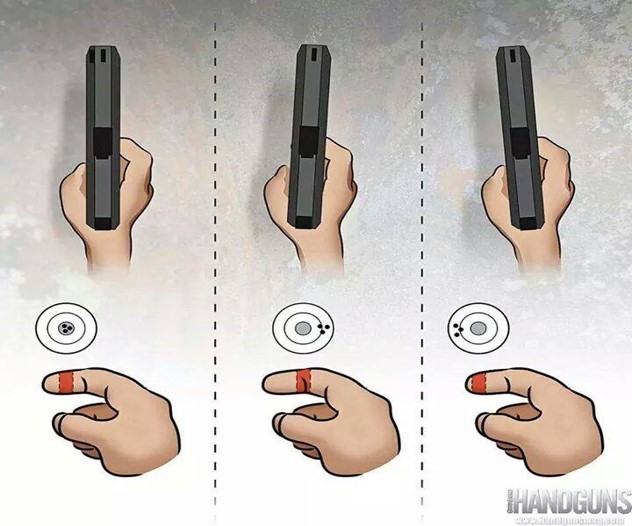
Note, on most semi-autos, you will need to rack the slide between each trigger-pull to reset the trigger, a function the gun normally does for you when shooting live ammo. Be sure not to make this such a habit that you accidentally carry it over when you go to the range and shoot for real.
Sight Alignment & Picture
The one weakness I see in many new shooters is lining up their sights incorrectly. Often, they focus solely on the front sight and forget about the rear sight, to the point where the front sight is pointing way up in the air. Then, if they pull the trigger, the bullet will sail way over the target’s head. Instead of hitting the target, they hit the ceiling or shoot over the berm — bad news either way. Work on seeing the horizontal three-dot pattern of proper sight alignment for correct shot placement.
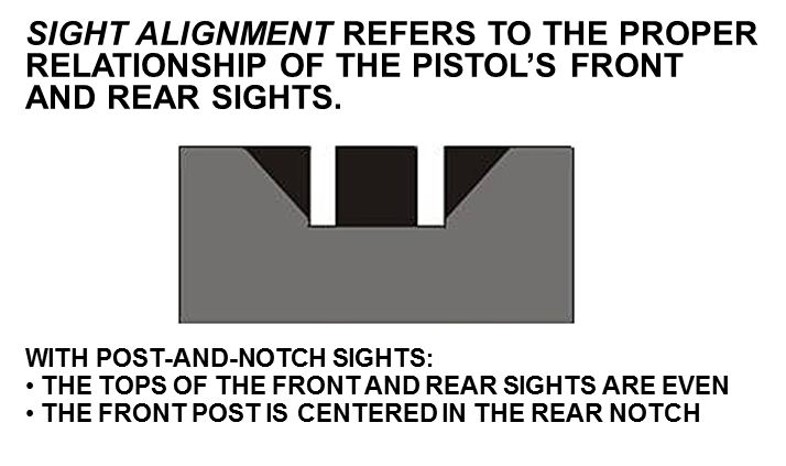
Sight picture comes next. After you’d aligned the sights, picture shooting a real target. It might help to hang a target on the basement wall for reference. Work on the four steps of obtaining a good sight picture and shot:
- Find the target
- Line up your sights
- Check the front sight to be sure it’s on target
- Pull the trigger
Clear malfunctions
Things don’t always go according to plan in a gunfight or even when you’re practicing at the range. Sometimes malfunctions happen. Do you know how to clear them? Have you practiced? Set up common malfunctions such as a stovepipe, double feed, or misfeed and work on clearing them smoothly and cleanly. Once you get the basic motions down, increase your speed.
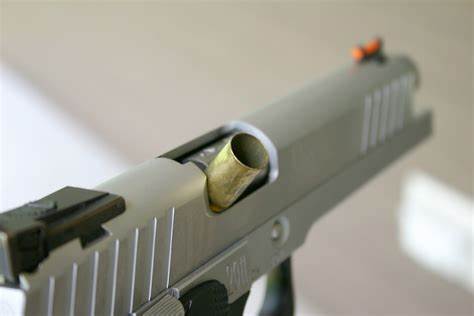
Remember, in a real gunfight, you can’t hit Pause and stop the action while you fiddle with your gun. So you need to know how to clear malfunctions instinctively, becoming second nature.
Reloads
Two critical things can happen to make your gun stop working during a gunfight: malfunctions and running out of ammo. In both cases, you need to know how to reload quickly. Obviously, you will need to get a fresh magazine into the gun ASAP if you are out of ammo. Practice ejecting the empty magazine while reaching for the new one and inserting it into the mag well smoothly and quickly.
Like so many other techniques, this starts slowly until you get all the motions committed to muscle memory. After you get the motions down, shift your eyes, so you’re only looking at your target while you reload, a critical skill for a real-world gunfight where the situation is constantly changing, and you need to know what is happening.
Finally, pick up the pace until you can reload quickly and easily without fumbling. Practicing this skill will take lots of time and repetition, each one getting you closer to mastering reloads.
Draw, partner
All the other skills you spent long hours perfecting won’t matter if you can’t get the gun into the fight. Drawing from a holster is the first step in bringing a gun to bear, yet it is probably the most overlooked and under-drilled skill.

Practice forming your grip on the gun when you grab it from the holster. You should never need to adjust the gun in your hand once the gun is out. Drawing and aiming should be one continuous motion, with no grip adjustment needed.
An orchestrated effort
Think about driving. Do you consciously focus on every little thing you do as you’re zipping down the highway? Or have you done it so often that it’s a habit? Probably the latter. Handling a gun should be the same. When you’re in the heat of battle, you need to be so well in tune with your gun that you can focus on the situation you’re responding to without fumbling with the mechanics of how to draw and shoot your firearm. Dry fire practice can help hone those skills between range sessions.
ABOUT THE AUTHOR:
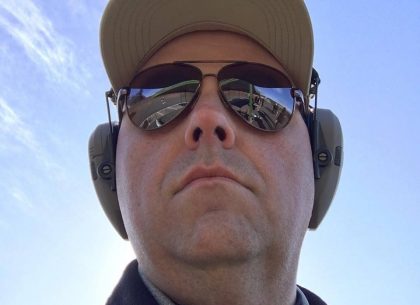
David Workman is an avid gun guy and a contributing writer to several major gun publications. As an NRA-certified instructor, David trains new shooters on basic handgun skills and CCW requirements and is a strong advocate for training as much as possible. “Real-life shootouts don’t happen at a box range.”
![]() You may also enjoy these popular articles:
You may also enjoy these popular articles:
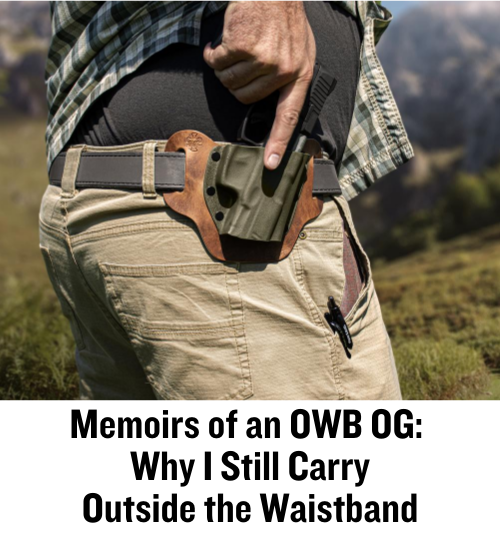
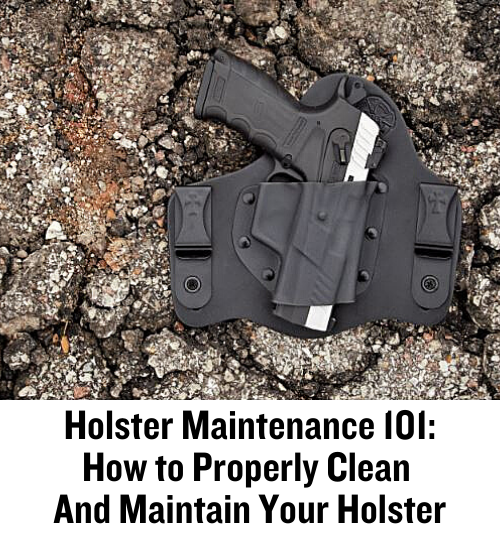


©MTC Holsters, LLC and CrossBreed Holsters Blog, 2022.
Unauthorized use and/or duplication of this material without express and written permission from this site’s author and/or owner is strictly prohibited. Excerpts and links may be used, provided that full and clear credit is given to David Workman and the CrossBreed Blog with appropriate and specific direction to the original content.
![]()


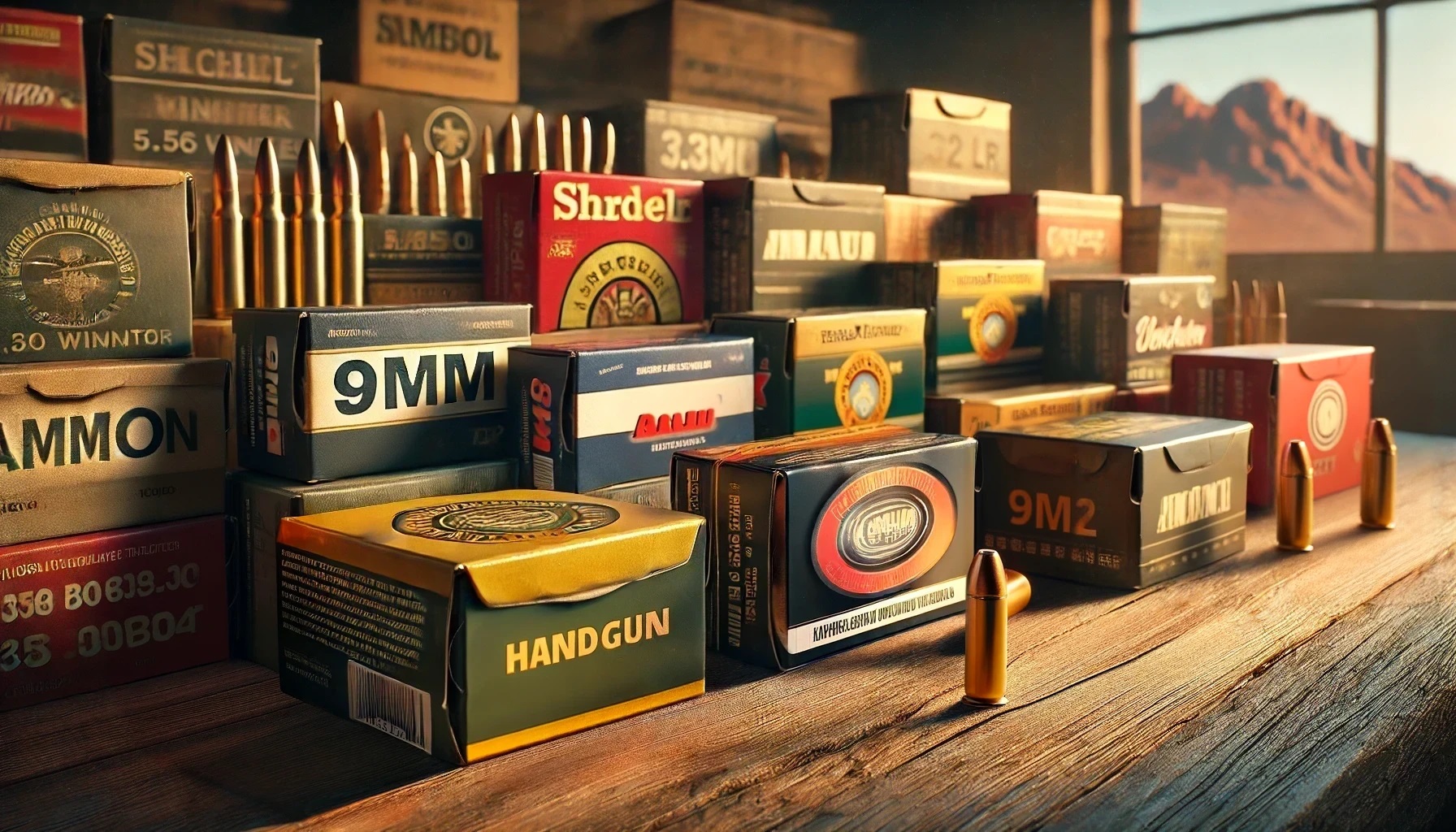
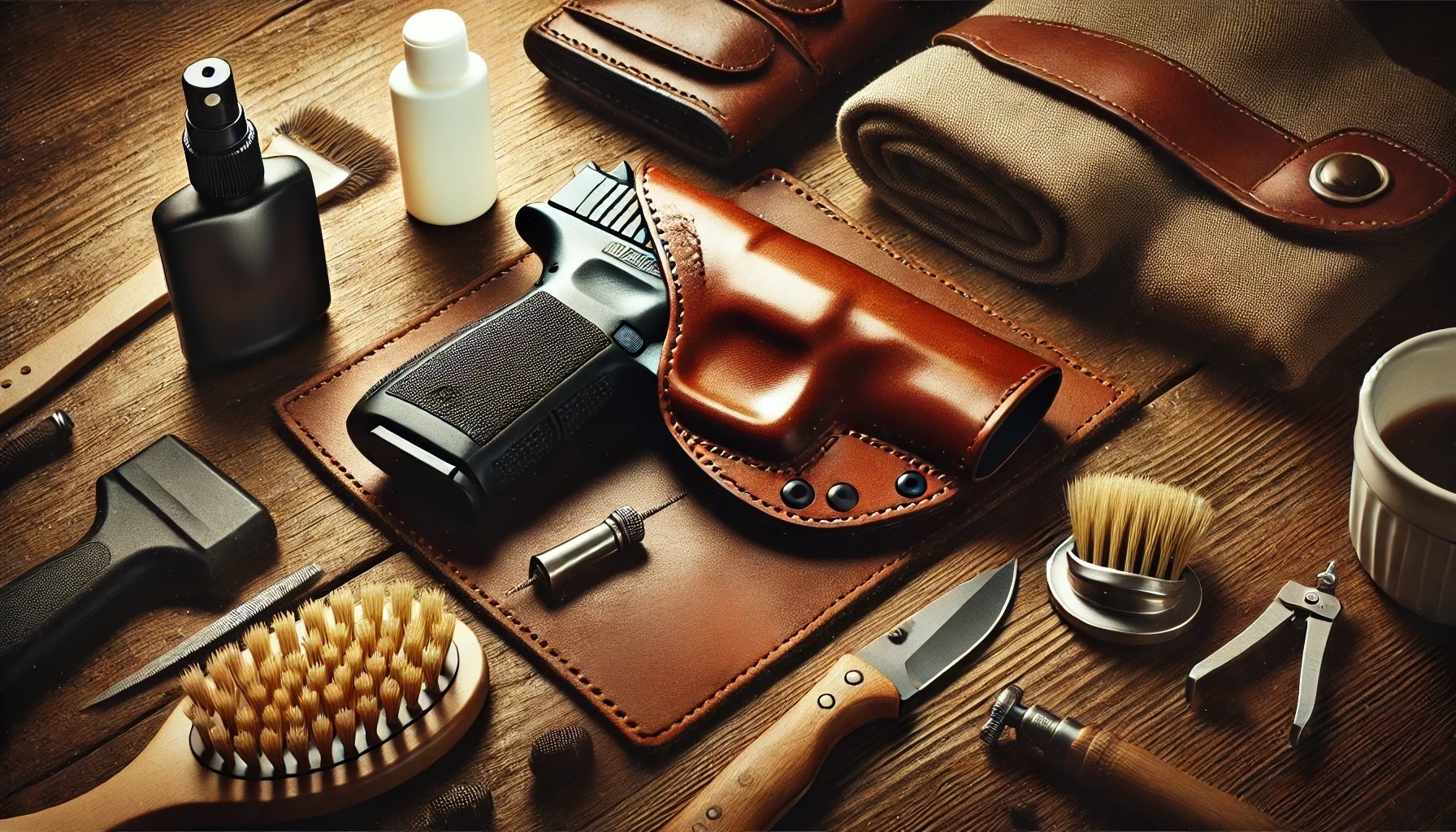
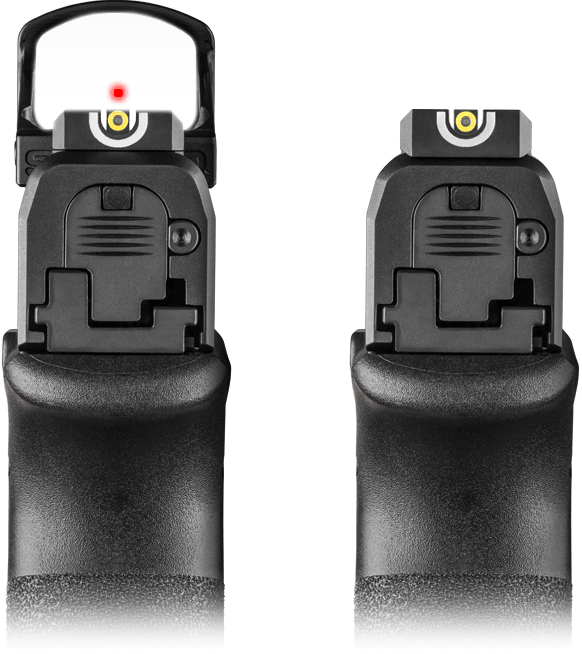
August 3, 2022
How interesting that you mention the things that can happen during a gunfight to your gun. I want to get my first gun for hunting this summer. I will find a great place for custom rifles nearby. https://www.cboyarms.com/